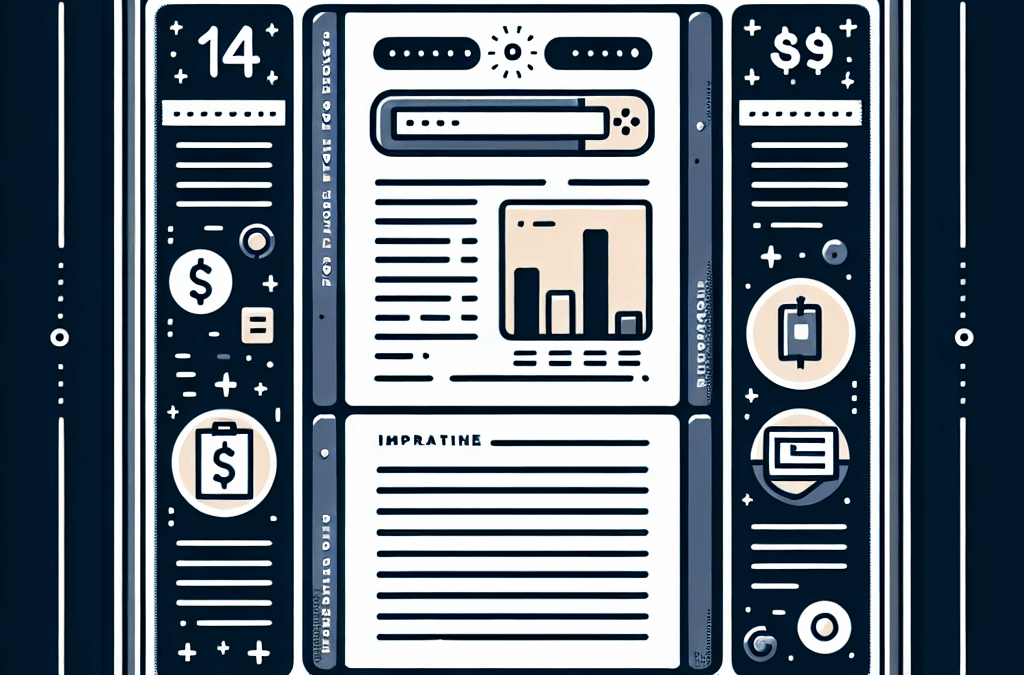Every year or two, “experts” come out of hiding and spout off about the death of web design. Then, after stirring things up, they slink back to their corners and business continues as usual. Web designers continue to develop proposals, accept new clients, and build beautiful websites. So, why then, do these people continue to debate the question, “is web design dying”?
The reason is that they don’t understand the nature of web design, nor do they recognize the difference between metamorphosis and death.
The Metamorphosis of Web Design
Web design is far from dead. In fact, the demand for UX designers is at an all-time high. The reason some may feel that the web design industry has declined is that today’s digital products bear no resemblance to those of yesterday.
Today’s web pages are just one component of a bigger picture.
- Mobile Apps
- APIs
- Social Media
- Search Engine Optimization
- Business Listings
- Physical Locations
Just as we saw the integration between a company’s physical location and their websites, now a company has to incorporate all of these channels to compete in the ever-shrinking global marketplace.
In other words, web design is NOT dead. It has just transformed, morphed, or one could argue that it has evolved to a higher form.
The New Face of Web Design
In the past, the term “web design” was often used as a catchall for web development and graphic design. Yet, even though those are components of modern web design, they are not the only ones and maybe not even the most important.
1. UX Design
The UX Design Process identifies the best way to meet your customer’s needs without sacrificing the ultimate goal of conversion. The user experience is all about getting your visitor to reach the desired destination. If you have not defined your end goal, then you may lose the user along the way. Consequently, web design now revolves around the buyer journey and how to engage users. Therefore, coding knowledge is not enough. Web designers must have experience in business and marketing.
2. Mobile Apps
More and more people are searching the internet using mobile devices and virtual assistants. Gone are the days when people type in URLs to reach a website. Instead, many companies now have their own mobile apps which their clients download. Your mobile apps are basically mini-sites for mobile. However, rather than thinking of them as separate entities, they need to promote the same messaging as all your other channels.
3. Integrations
Think of your business as a body. Your primary method of doing business (in person or online) determines your head. If your website is your main marketing channel, then it is the “brain” of your business. But, just as your brain can’t function without peripheral parts, neither can your website. All channels are integrated.
Is Web Design Dying?
The answer is NO. Custom web designers with marketing experience who understand UX Design are very much in demand.
1. Cyber Security
Now that digital marketing has blurred international boundaries, local markets can include those halfway across the globe. It’s impossible to imagine a world without online transactions. Because of the high volume of business done online, cybersecurity is a big issue. Custom website design is necessary to safeguard the data collected on all these websites.
Consider the far-reaching ramifications of GDPR. Web designers are still scrambling to update the website security of both desktop and mobile sites. Without them, who would be making these modifications?
2. Brand Identity
With so much digital noise out there, brand identity has become increasingly important. Companies need professional web and graphic designers that can promote a companies brand. This, therefore, leads to the integration of the marketing and web design. As we stated earlier, the new web designer has to know both coding and marketing or have a team in place to collaborate on web design projects. The marketing team defines the branding, and the developers build the site to communicate the brand’s message to the clients.
3. Custom Websites
Many say that modern templates with all their bells and whistles have taken away the need for web design. For some, website templates are perfectly acceptable, but for most companies, at least some customization is required. The level of customization needed usually goes beyond changing colors and images. Instead, a custom web designer will build a tool (your website) to fit within your business model. Every line of code is written with a companies story, needs, and goals in mind.
In conclusion, web designing is alive and well. Rather than ask “is web design dying,” you should instead ask, “how has it transformed”? Web design will continue as long as web designers adapt to new trends in the industry.
If you’re looking for help with your next website project, then we will design a free custom mockup of your new website before you sign or pay anything. With no risk or future obligation, you can see how modern web design can provide you with a working tool to grow your business.
Trends










